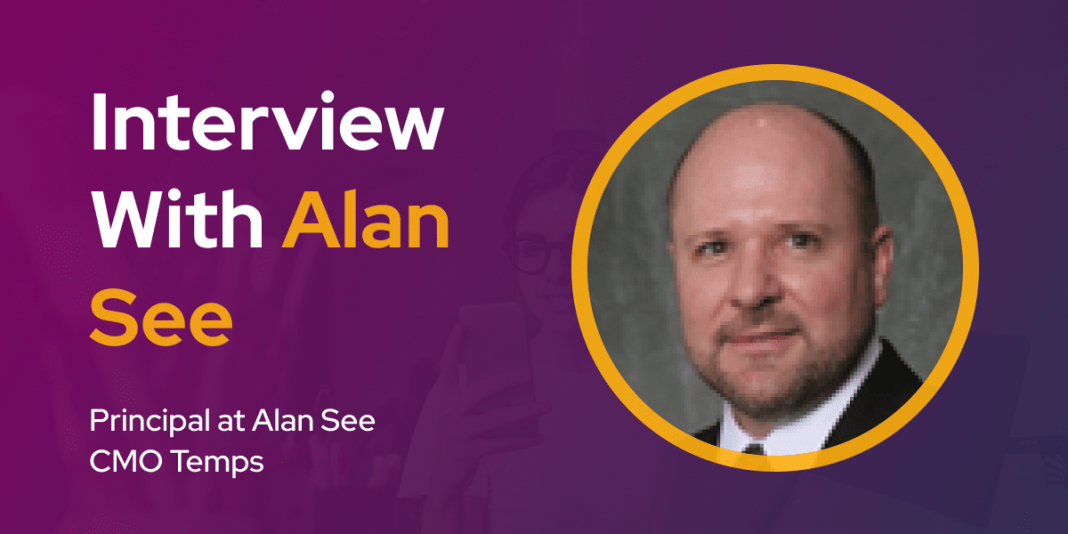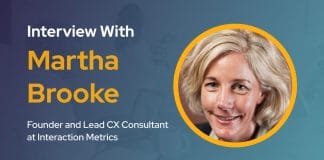Hi Alan, tell us about yourself, your background?
I was recognized as one of the “Top 50 Most Influential Chief Marketing Officers on Social Media” by Forbes. I have also been voted the American Marketing Association “Marketer of the Year” for both Content Marketing and Social Media Marketing. In addition, I have served as an Associate professor of marketing. I am an active blogger and frequent presenter on topics that help organizations develop marketing strategies and sales initiatives to power profitable growth.
I recently presented with the Albert Nelson Marquis Lifetime Achievement Award by Marquis Who’s Who. I have interacted with many of the world’s most respected brands, including; IBM, Cap Gemini, Teradata SAS Institute, NCR Corporation, and AT&T. But wait, there is more! I also have experience with startups, small businesses, and non-profit organizations with names not found on the international stage. I hold BBA and MBA degrees from Abilene Christian University.
Online commerce was booming in 2020, and so did consumer reviews. – How can brands better utilize this data to improve their customers’ experience?
Persuading is a universal activity, and it plays a role in everyone’s daily life. Just because marketers’ can get closer to customers with targeted marketing messages through the aid of sophisticated customer analytics tools doesn’t mean they need to persuade has gone away. In fact, it may be more important than ever. But you need to have a great narrative in order to shift the beliefs or behaviors of your targeted audience. You need to be able to wrap your persuasive content in a way that builds trust, presents logic, and tugs at the emotions.
What is one element that must always be considered when working on a CXM (customer experience management) strategy?
One thing that helps is to develop a greater sense of empathy. In business, that is frankly kind of tough because we are schooled that it is a competitive, dog-eat-dog world. We fake it in order to make a customer think we are engaged and really want to deliver a great customer experience, but we are not really feeling empathic, are we? I believe having an empathetic spirit is one of the best things a marketer can do. Really think about things for a second, through the eyes of the person on the other side of the desk. What are they really going through today, and how can I help?
Do you think personalization and customer-centricity are going to become increasingly more relevant in the coming year? How so?
If that does happen, it will not be through technology. For several years now, there has been a lot of research and conversations between the CMO and the CIO. The number of applications related to CX which impacts IT infrastructure has skyrocketed, so that has necessitated a lot of conversations between the CIO and the CMO. But here again, I will point back to empathy. Better listening skills through training are what is needed concerning CX.
What are some of the ways companies can strive to eliminate the CX Gap?
Let me answer that by telling you what I believe is the biggest misconception about content marketing and the CX. And that is that your audience is truly as interested as you are in your message because they’re not. That is probably the hardest point to get across when I help organizations develop content. Instead of being a drone that is constantly talking about the features or functionality of a product or application, your content should convey that you actually have a personality and are a brand that can be liked, respected, and trusted. After all, we’re all natural storytellers, and we like to hear information in a narrative, not in facts and figures. I’ve found the short video to be very effective in that regard.
What’s the most insightful book you read in 2020?
It is not a new book. In fact, the copyright is 2004. The book is “Transitions” by William Bridges. The reason I’ve appreciated it is because we are all in constant transition. Few people stop to reflect on the radiating waves of change in their lives. But if they did, they may find that apparently minor events have had major impacts. Unfortunately, people are more likely to ask what new thing (some new analytic measurement!) they can add to their day. Even though they may get an interesting answer to that question, they won’t be able to use it to make a meaningful transition because you need to start with endings – letting go of whatever it is time to let go of – before you can make new beginnings.
Alan’s predictions for the future of CX
What are your predictions for trends in customer experience in the coming year?
People simply are not subject to the rigorous laws of logic or measurable with the precision that data-driven marketers would like. In fact, most purchase decisions are made emotionally and then justified rather than the other way around. That means it’s critical for organizations to create customer relationships through emotional bonds.
Last but not least, what is your favorite CX metric?
The short answer is TRUST.
Earning Customer Trust and Trusting the Customer
The Formula for Building Trust
I recently heard a story about a shoe repair shop as told by one of their long-time customers. It’s a heart-warming small business tale that I think you’ll enjoy. The sole proprietor is a cobbler at night; he holds down a delivery job during the day.
His shoe repair business is built on a self-service model that depends on trust. Customers leave their shoes for repair in a converted newspaper vending machine located on his front porch. Shoes that are ready for pick-up, as well as the money folder, are also in the machine.
Yes, I said the money folder. Customers pick up their shoes and leave their payment, and in over 25 years, he has never come up short. Without trust, relationships will not move forward. In fact, I often think of building trust through the following formula:
Trust = (Rapport x Credibility) / Risk
In the global economy, we read plenty about earning customer trust. However, you don’t see too much written about trusting the customer. Can you earn trust without giving it? Small businesses typically produce nearly half of the U.S. private nonfarm GDP. You can’t help but feel that two-way trust is what really holds our economy together.






